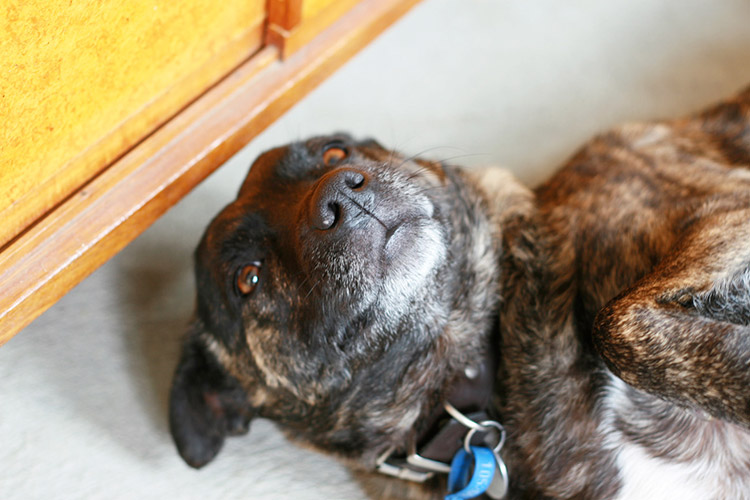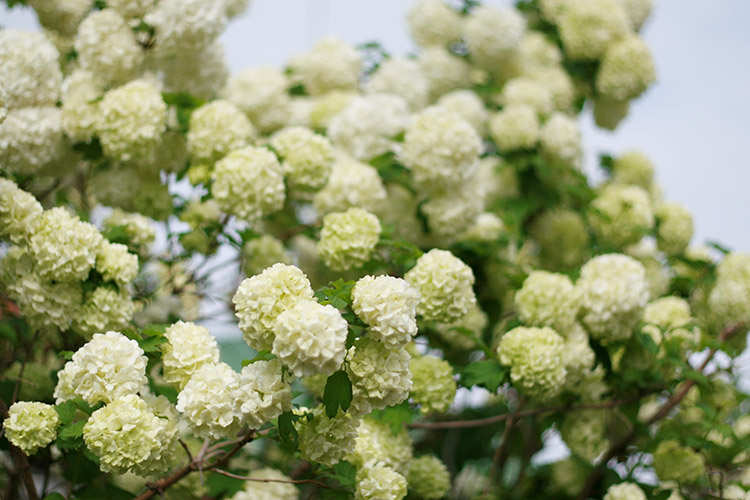Sarah Heyward on steel and Kandinsky …

What was the first piece of jewellery you made, and how did you get to where you are?
When I was at high school, I used to pull apart costume jewellery I found in random places and make necklaces and earrings. I think the first piece was a pair of graduated wood bead earrings…pretty tacky. I eventually studied the Advanced Diploma in Jewellery at NMIT, which I finished in 2009. I’d completed a couple of short courses before I did the diploma. I’ve worked really hard since finishing the course to refine and define my work and develop different themes and different collections. I won the e.g.etal graduate award at NMIT, which really made everything possible.
When I left high school I studied Psychology / Psychophysiology at Victoria University. I also studied art at school and uni, but didn’t achieve any formal artistic qualifications. I was looking to extend my artistic practice when I decided to turn my love of jewellery and making into a professional gold and silversmithing practice. I’ve always collected silver and gold jewellery and was attracted to the intimate scale of the making.
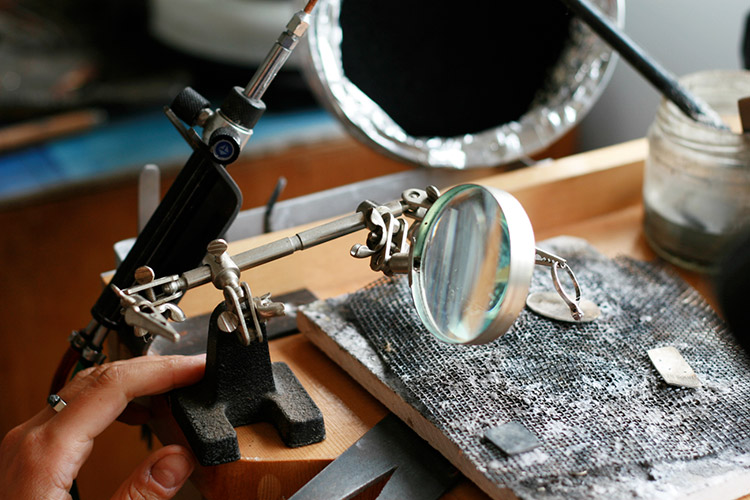


How is it working in the studio on your own?
Great! If I was here every day on my own I’d probably find it a bit isolating, but I also have a day job so I find it’s a nice place to come and be solitary. It’s a relaxing thing…well, it is and it isn’t: it’s really rewarding to have that time to spend exploring your creative process and my studio is a place to have my own space. But, like any work, it can be taxing. My studio is ordered with little clutter. It is a little sanctuary where I can work through the creative process. I am very lucky that it looks out onto my garden and the neighbourhood beyond. I don’t think this influences my ideas specifically, beyond giving me the time and space to develop and collect my thoughts.


What is your creative process like?
Sometimes I plan things; sometimes I just let things happen. I usually sketch or do a full colour drawing, which, for a whole lot of different reasons, will often change through the process of making. I usually just start with an idea of something I want to do, or an idea of a few different pieces that will fit together and work from there.
I suppose as a result of studying and working within psychology I’m quite analytical about my creative process and the creative process in general. I often think about how it translates to understanding yourself in a wider context. For me the creative process is time to contemplate and time for personal expression…it’s a difficult thing to explain. It’s difficult to explain the creative process or the psychology of making because it’s quite philosophical. In a way, you end up in the position of examining how you perceive something: asking how you know what you know about that thing…
Creativity is a different space…it really is another dimension. I think everyone should explore it because it’s a completely unique way of communicating your ideas and experiences. I work with people who have mental illness and disabilities and creativity is a unique way that they can communicate and express themselves; the restrictions of language—often the way they communicate isn’t entirely socially accepted—aren’t as prevalent, and they have a passage for expression through creativity.



Where does your inspiration come from?
I know my inspiration comes from a lot of different places and I think about that question quite often but I’m not exactly sure where it comes from. Often it’ll just be an everyday object that inspires me, or something from the urban landscape or raw materials like rock faces…I’m not particularly inspired by organic forms in nature but more angular, rough formations.


Do you respond to the same sort of forms in art that you like? I notice a Kandinsky print up there…
Yeah, I find the period in which Kandinsky worked really interesting; I guess you’d call it the early expressionism. It’s really inspiring because this group of artists were producing work that, in terms of colour and form, hadn’t really been explored before.
I went to MONA in Tasmania a couple of weeks ago, which was incredible. Everything about it really appealed to me. The building itself is incredible, with so many hidden rooms and staircases. It isn’t art displayed in a traditional sense and I like that approach.


Tell me a bit about where you live and what you do outside jewellery?
I live in Brunswick. It’s great. I’ve lived here for a while now in different houses. It’s very diverse but I guess its kind of getting less so…there are a lot of apartment buildings going up. It’s kind of green, but there’s also lots of concrete. I like the way the sun sets in the west at the end of my street over the buildings and electricity wires.
I also have a strong interest in the mind and how we understand ourselves. I’m fascinated with the concept of consciousness, the social construction of mental health and states of being. I work in the Mental Health / Disability sector when I am not making jewellery or music or art. I spend time drawing, printmaking and making music when I am not at work or at the jewellery bench. I have been involved in various music projects over the years, I used to play drums but at the moment I am singing and messing around with processed percussion in a four piece acoustic band.
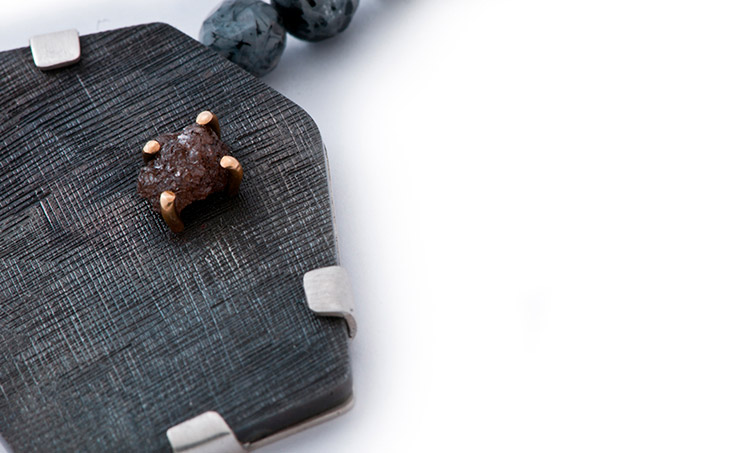

Where does your aesthetic come from?
I’m not really sure… For my grad exhibition I was exploring the chisel inlay technique and I had the rough diamonds and I was exploring those also. I combined the two and it ended up looking a bit like a landscape. I’ve been working on that idea ever since—I guess because that’s what I find interesting when I look around. I tend to focus on contrast a lot and try to find ways to do that, which often involves avoiding solely traditional techniques.
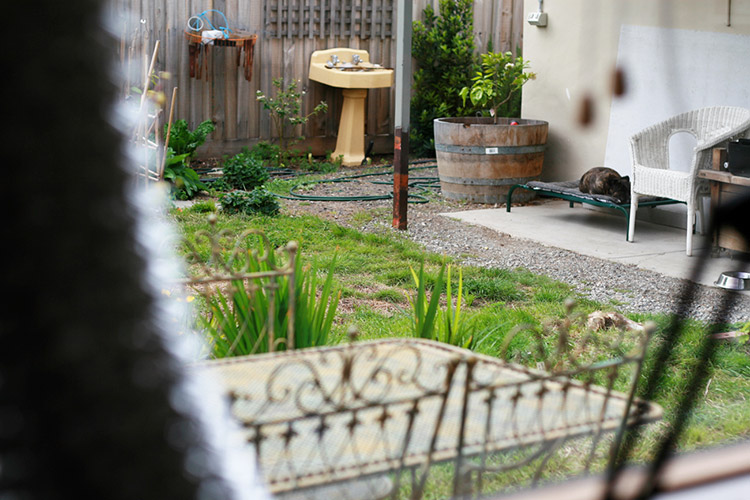
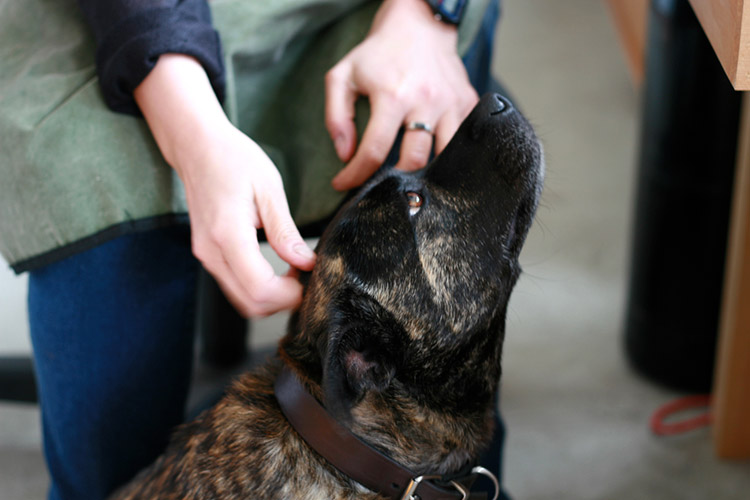
Do the techniques drive the form of the piece or does a predetermined form dictate techniques?
Both. With the steel work, the hardness of the steel drives the shape and it’s very difficult to work with so a lot of the work is two-dimensional. The settings of the rough diamonds are incorporated to make the designs more three-dimensional. When I use fusion and reticulation, the design is dominated by the technique because it’s more unpredictable and expressive. I really like that unpredictability and I’ve only really started exploring that in the last year so I’ll certainly be doing more. I enjoy transforming the surface of mild steel with hundreds of chisel strikes to create a textured velvet-like appearance which shifts and shimmers in the light. I like to contrast the grey blue of mild steel with the bold yellow of gold. I place these two materials together in juxtaposition as it presents more than a colour contrast; it allows us to examine the nature of these materials and what we value.


Do you have any ideas that you’d like to explore in future work?
My work evolves somewhat naturally but I try to have clear ideas about different collections. With e.g.etal I like to focus on contrasts and angular shapes. I do want to incorporate more fusion and reticulation but I think I’ll keep using the steel because I really like it as a material. I like putting materials together that you wouldn’t normally expect to see together. So I suppose there is a persistent broader or underlying intention to examine what we value. There are a few ideas about the psychology of making that—how we understand ourselves through it—which I’d like to explore more…probably in some exhibition work. I’ve been intrigued by social capital lately: social media and how we communicate, ideas of voyeurism, what sort of tools we use to understand ourselves in the wider social fabric of society. I guess in a way jewellery is a visible tool to express social status—or it has been in the past. Those ideas have been explored in many ways, but I think I’d like to explore them in my own way.
